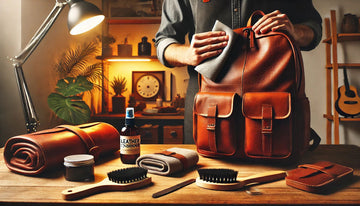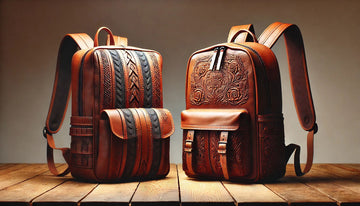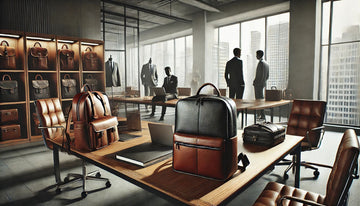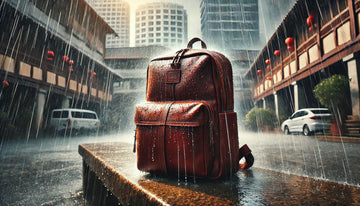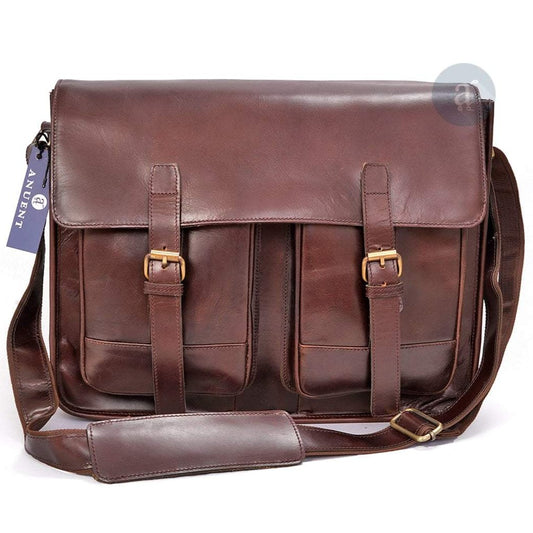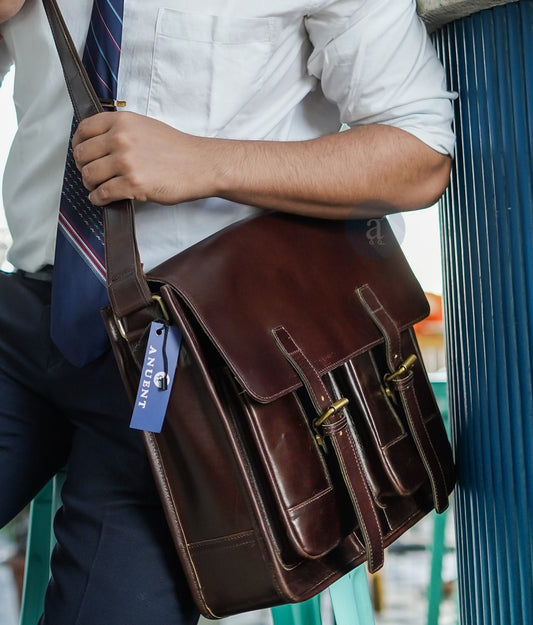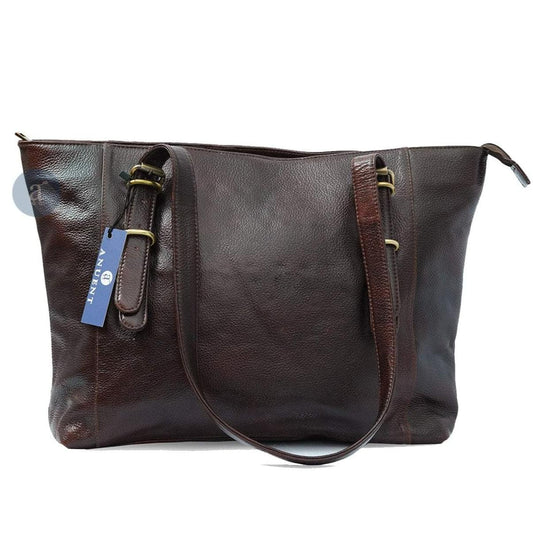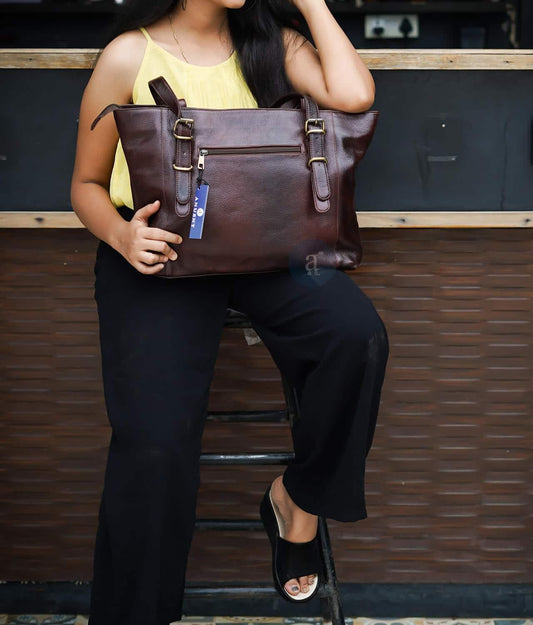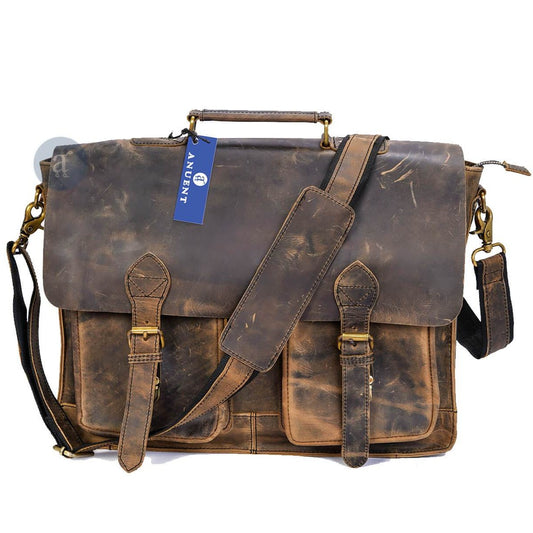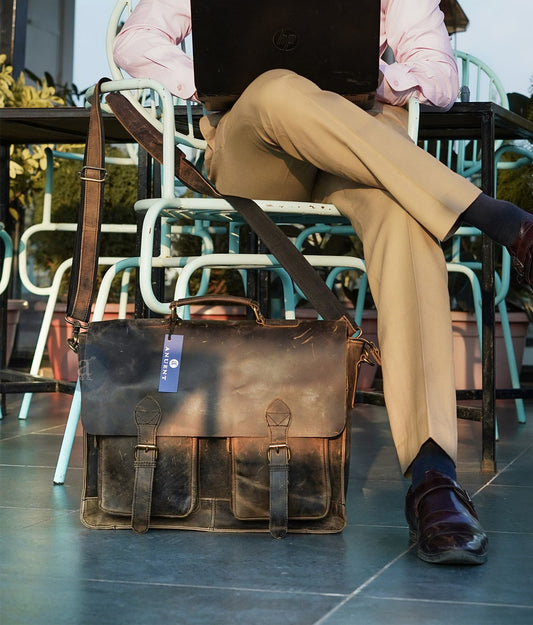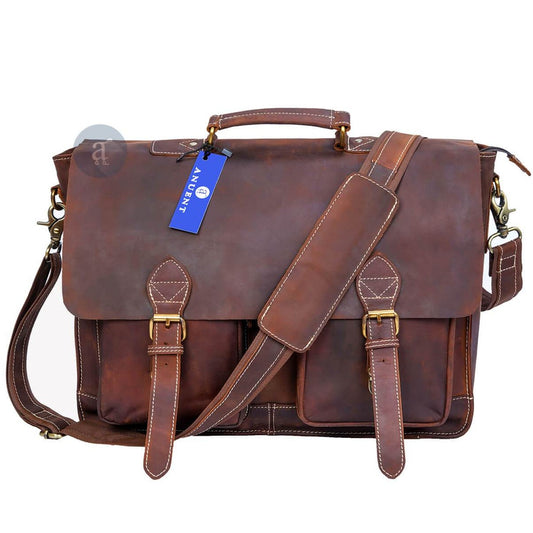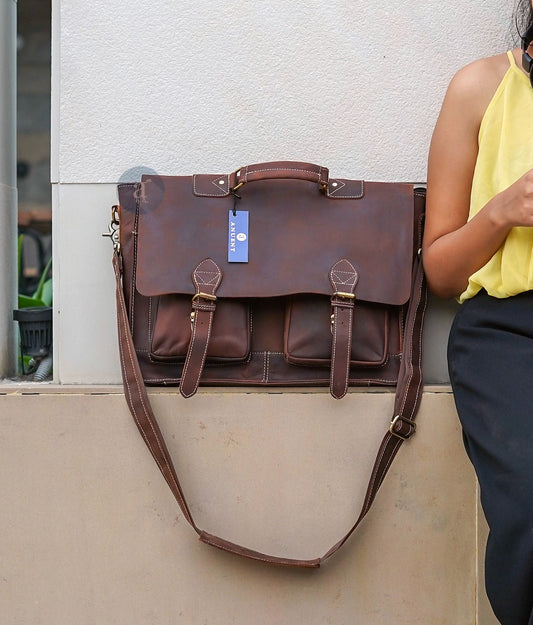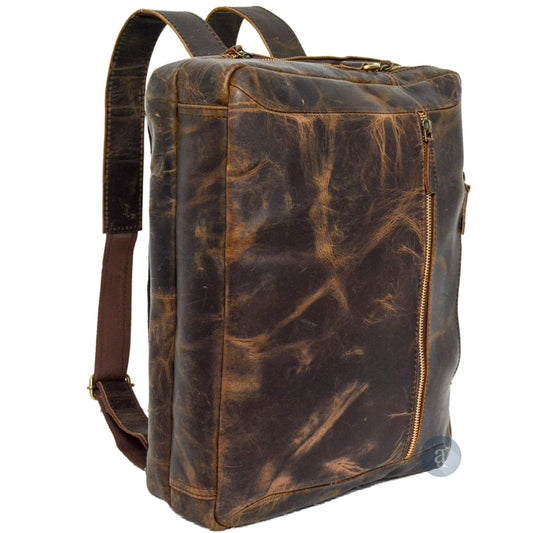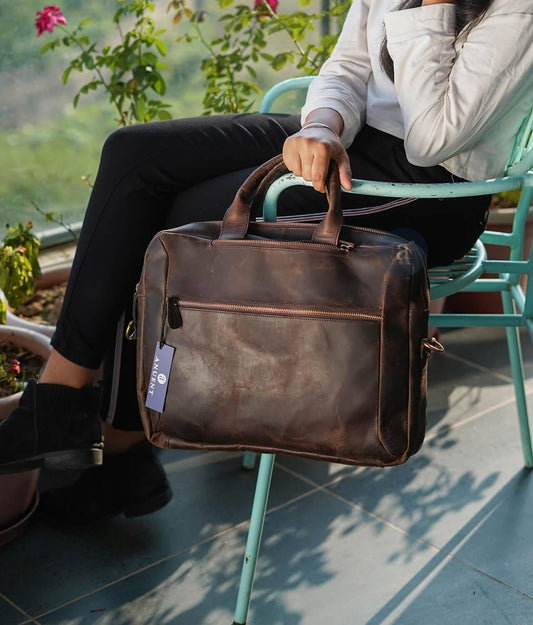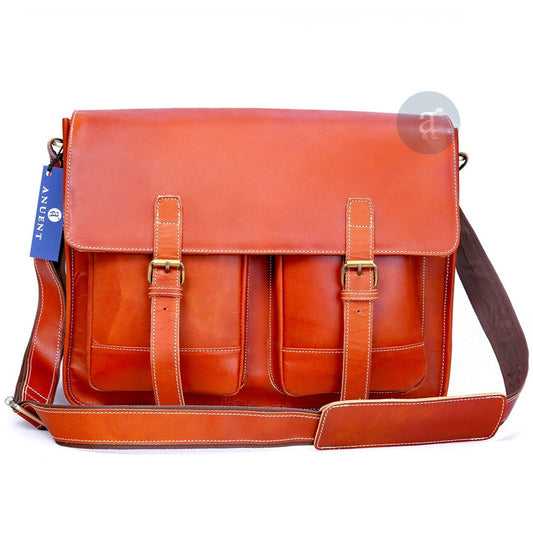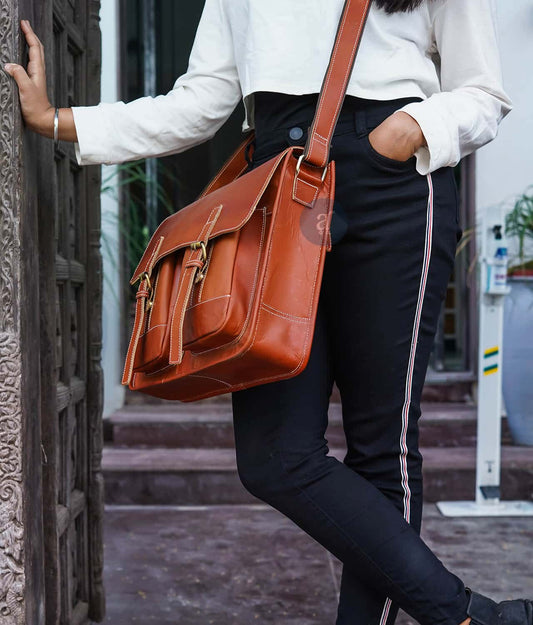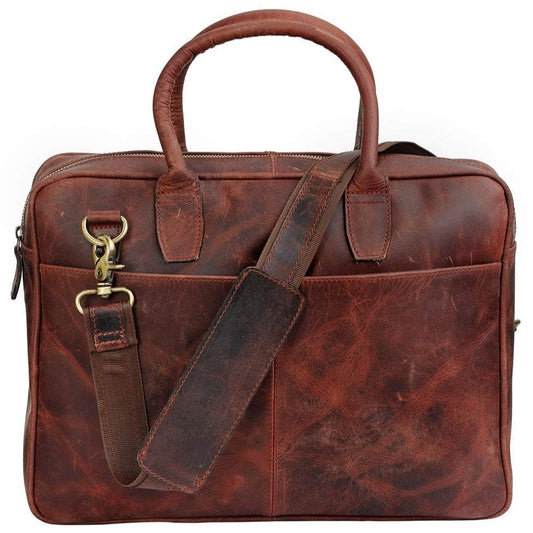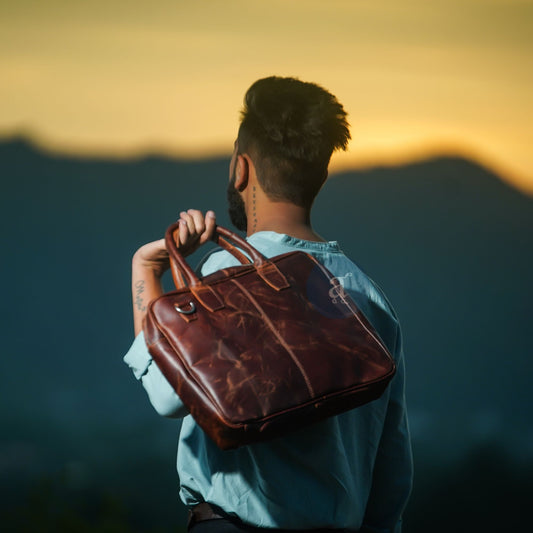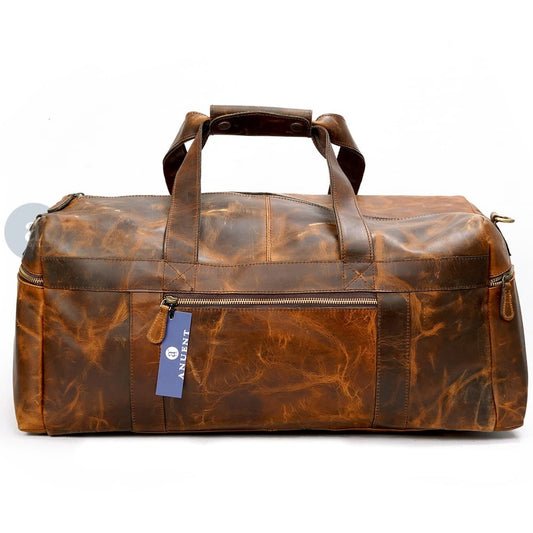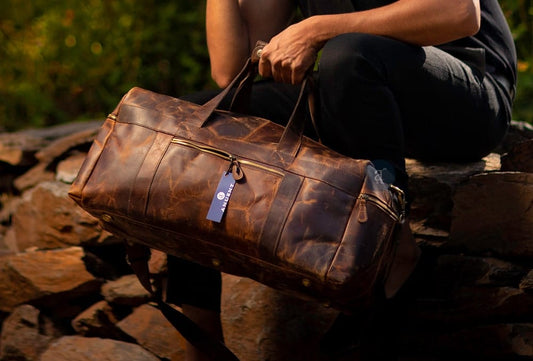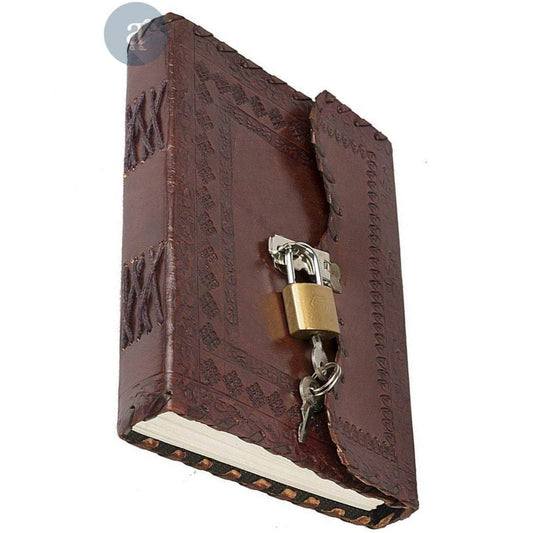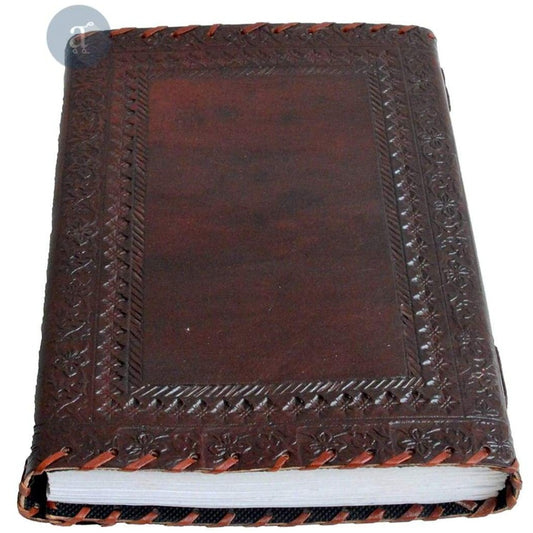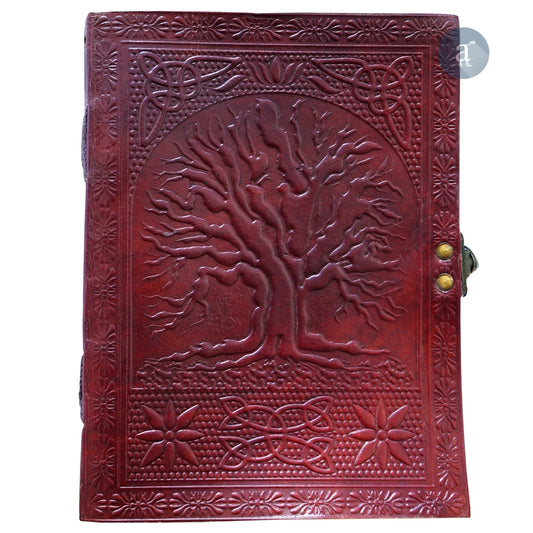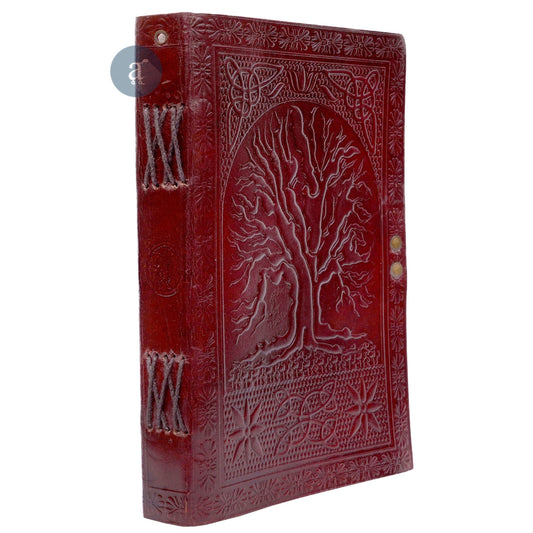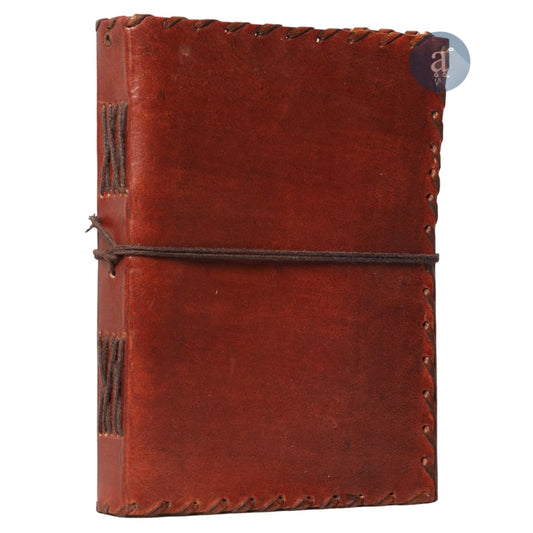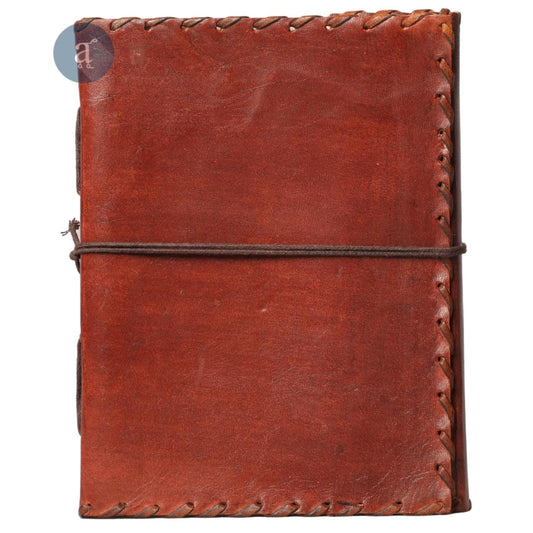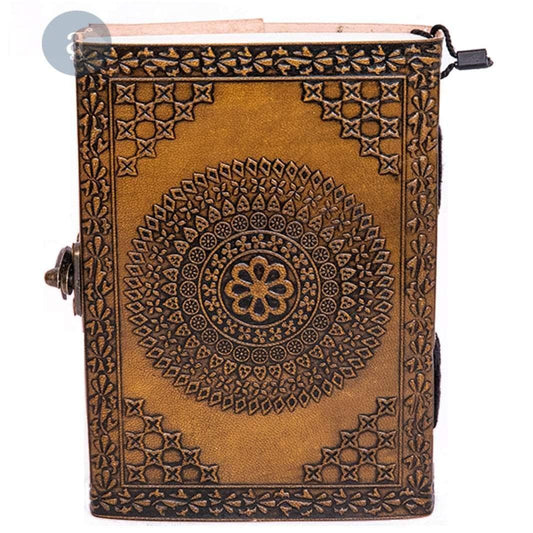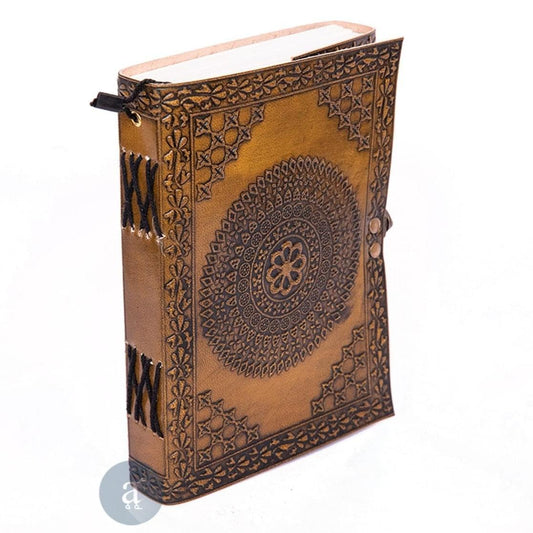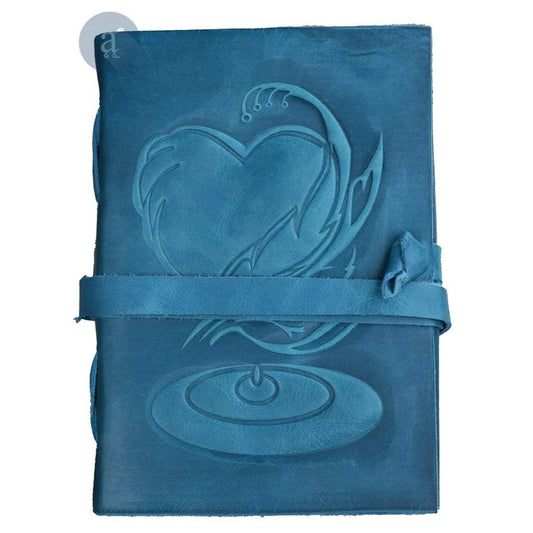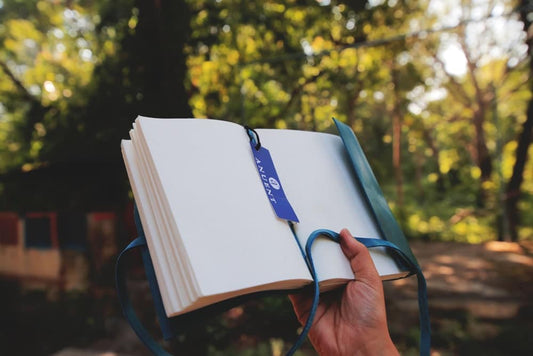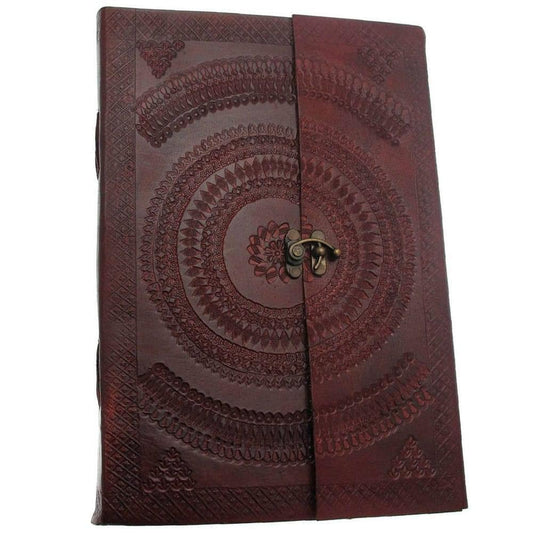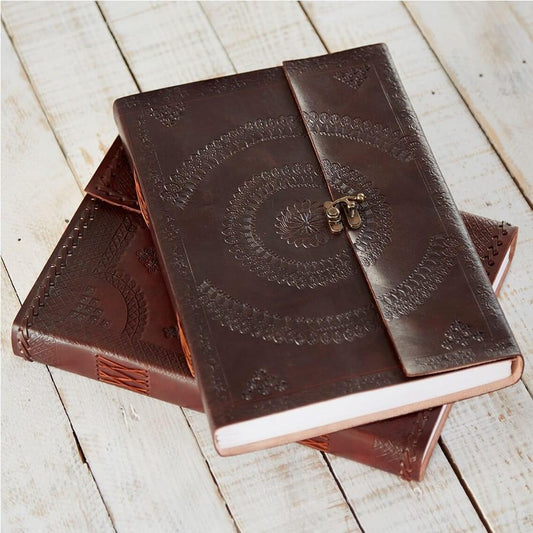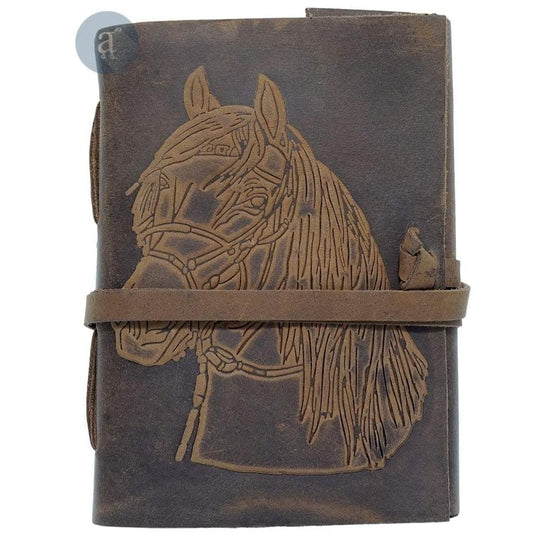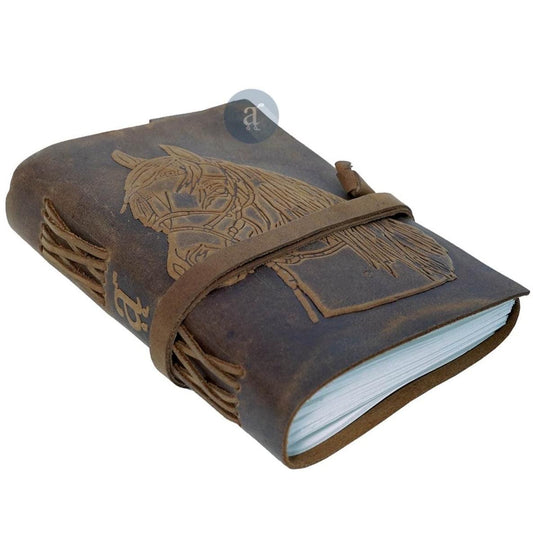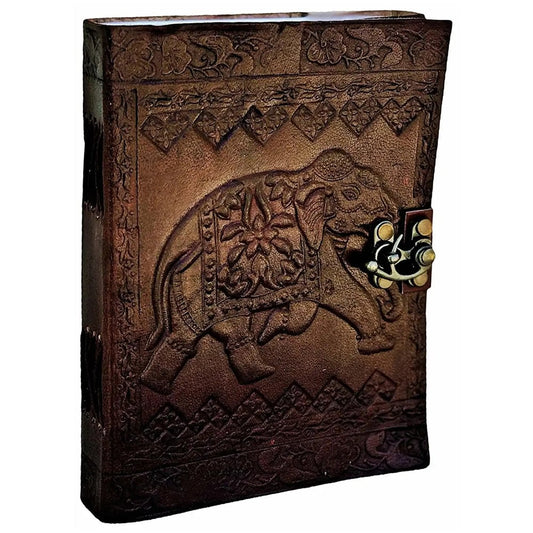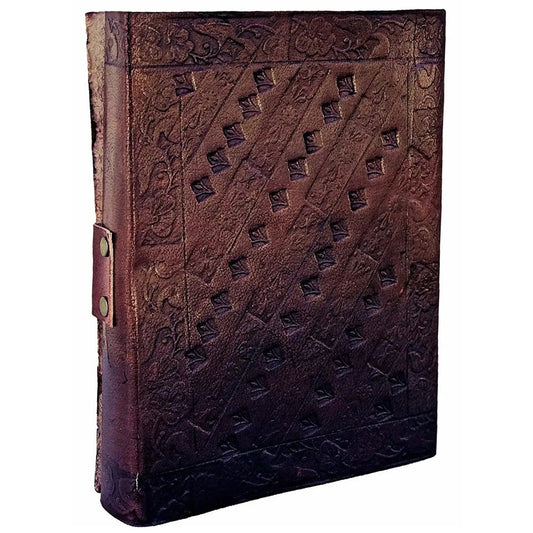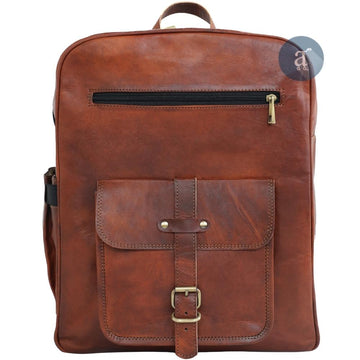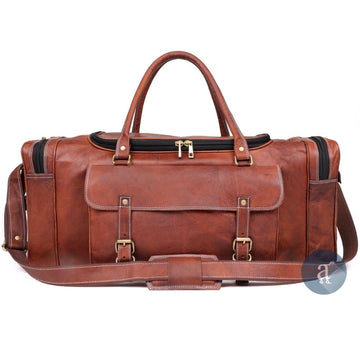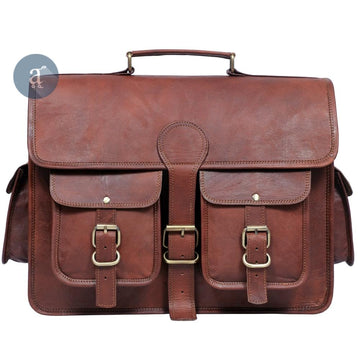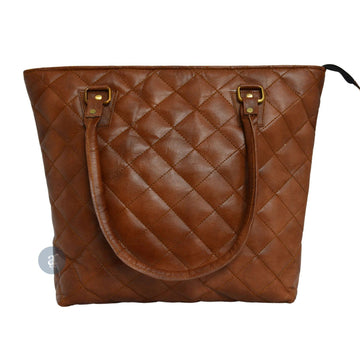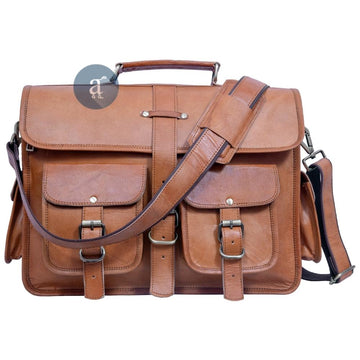Leather backpacks are stylish, durable, and timeless, but not all leather is created equal.
The type of leather used in a backpack affects its quality, durability, texture, and price.
Understanding the different leather types—such as full-grain, top-grain, and genuine leather—can help you make an informed purchase.
This guide breaks down the various types of leather used in backpacks, their unique characteristics, and which is best for your needs.
1. Full-grain leather: the highest quality
Full-grain leather is considered the best and most durable type of leather.
It is made from the outermost layer of the hide, preserving its natural grain and imperfections.
Characteristics:
-
Strong and durable – Resistant to wear and lasts for decades.
-
Develops patina – Ages beautifully, creating a unique finish over time.
-
Breathable – Maintains natural moisture balance, preventing cracking.
-
Expensive – Due to its premium quality and durability.
Best for:
-
Luxury and premium backpacks.
-
Those who want a long-lasting and character-rich bag.
2. Top-grain leather: refined and durable
Top-grain leather is slightly processed by removing the outer layer, resulting in a more uniform appearance.
It is thinner than full-grain leather but still highly durable.
Characteristics:
-
Smooth and polished – Has a refined, sleek finish.
-
More resistant to stains – Due to surface treatments.
-
Less durable than full-grain – May not last as long but still holds up well.
-
More affordable – A balance between quality and price.
Best for:
-
Professional and stylish backpacks.
-
Users who want a polished look with good durability.
3. Genuine leather: budget-friendly but lower quality
Genuine leather is made from lower layers of the hide and is often processed with bonded leather scraps.
It is the most common leather type but is not as durable as full-grain or top-grain leather.
Characteristics:
-
More affordable – A cost-effective leather option.
-
Less durable – Prone to peeling and cracking over time.
-
Heavily processed – Often treated with artificial coatings.
Best for:
-
Entry-level leather backpacks.
-
Budget-conscious buyers who still want a leather feel.
4. Split leather and bonded leather: lower-quality options
These types of leather are often used in low-cost leather goods and lack the durability of higher-quality leather.
Split leather:
-
Comes from the lower layers of the hide.
-
Less durable and often requires a protective coating.
Bonded leather:
-
Made from scraps of leather bonded with adhesives.
-
Least durable option, prone to peeling and flaking.
Best for:
-
Low-cost fashion backpacks that are not meant for long-term use.
5. Exotic and specialty leathers
Some backpacks use exotic leathers, such as crocodiles, ostrich, or snakeskin.
These leathers offer unique textures and aesthetics, though they are often expensive and require special care.
Characteristics:
-
Highly distinctive – Unique patterns and textures.
-
Premium pricing – More expensive due to rarity.
-
Requires special care – Needs conditioning to maintain quality.
Best for:
-
High-end fashion backpacks.
-
Collectors and luxury buyers.
Choosing the right leather for your backpack
When selecting a backpack, consider the following factors:
-
Durability – Full-grain leather is the most durable.
-
Appearance – Top-grain offers a smooth and refined look.
-
Budget – Genuine leather provides affordability.
-
Purpose – Work, travel, or everyday use should guide your choice.
At Anuent, we offer high-quality leather backpacks crafted from premium materials, including top-grain and genuine leather.
Explore our collection today to find a backpack that matches your style and durability needs.
Conclusion
Understanding the different types of leather helps you choose a backpack that fits your needs and lifestyle.
Full-grain leather offers unmatched durability, top-grain leather provides a polished look, while genuine leather is a budget-friendly option.
By selecting the right leather type, you can invest in a backpack that lasts for years.


